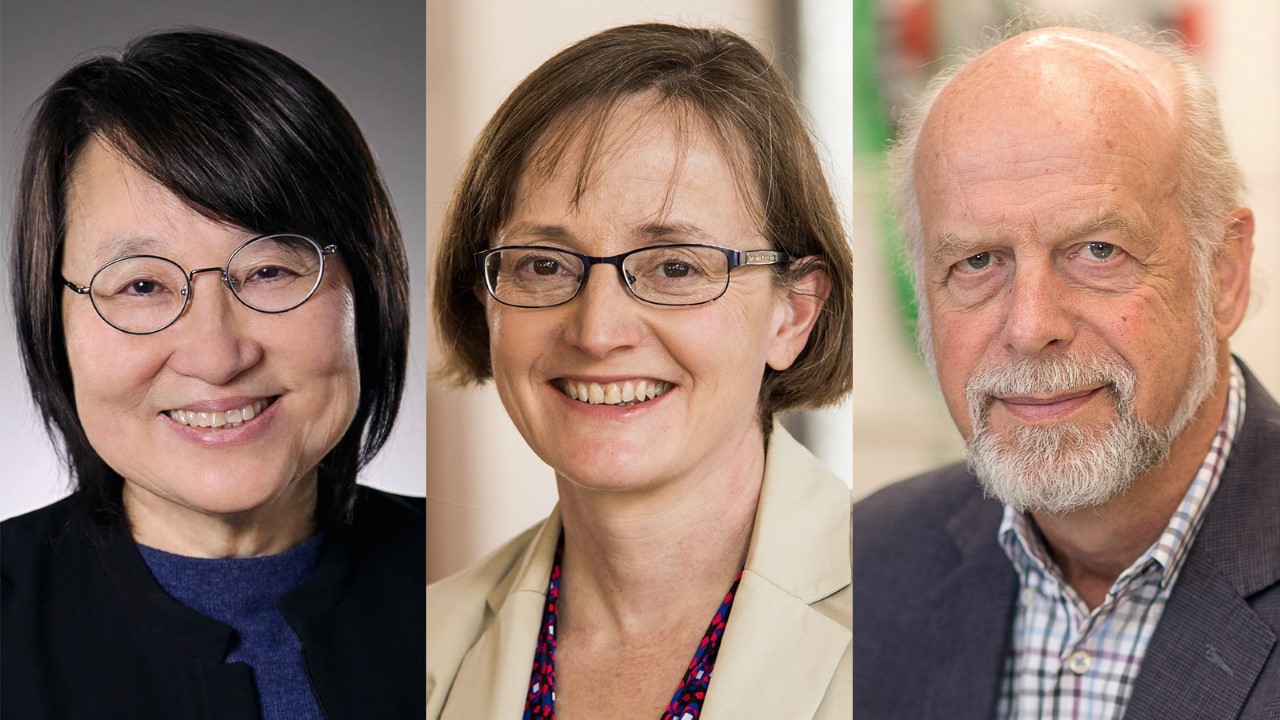
American Academy of Arts and Sciences elects three Princeton engineers
The academy’s class of 2020 includes 276 scholars, scientists, artists and leaders in the public, nonprofit and private sectors. Founded in 1780, the academy honors excellence and convenes leaders from every field of human endeavor to examine new ideas, address issues of importance to the nation and the world, and work together “to cultivate every art and science which may tend to advance the interest, honor, dignity, and happiness of a free, independent, and virtuous people.”
Ruby B. Lee, the Forrest G. Hamrick Professor of Engineering and a professor of electrical engineering, is a pioneer in computer architecture, hardware security and multimedia. Her work at Princeton explores how the security and performance of computing systems can be significantly and simultaneously improved by hardware architecture. Her designs of secure processor architectures have strongly influenced industry security offerings and inspired new generations of academic researchers in hardware security, side-channel attacks and defenses, secure processors and caches, and enhanced cloud computing and smartphone security. Her research lies at the intersection of computer architecture, cybersecurity and, more recently, the branch of artificial intelligence known as deep learning.
Lee spent 17 years designing computers at Hewlett Packard (HP), and was a chief architect there while also a consulting professor at Stanford University, before coming to Princeton in 1998. Among many achievements, Lee is known in the computer industry for her design of the HP Precision Architecture (HPPA or PA-RISC) that powered HP’s commercial and technical computer product families for several decades, and was widely regarded as introducing key forward-looking features. In the 1990s Lee spearheaded the development of microprocessor instructions for accelerating multimedia, which enabled video and audio streaming, leading to ubiquitous digital media. She holds more than 130 U.S. and international patents.
Lee was inducted as a fellow of the Association for Computing Machinery in 2001, and the Institute of Electrical and Electronics Engineers in 2002. She received a bachelor’s degree in computer science and comparative literature from Cornell University, a master’s degree in computer science and computer engineering from Stanford University, and a doctorate in electrical engineering, also from Stanford.
Margaret Martonosi, the Hugh Trumbull Adams ’35 Professor of Computer Science, specializes in computer architecture and computer hardware-software interface issues. She was one of the architects of the Wattch power modeling infrastructure, a tool that was among the first to allow computer scientists to incorporate power consumption into early-stage computer systems design. Her work helped demonstrate that power needs can help dictate the design of computing systems. More recently, Martonosi’s work has also focused on architecture and compiler issues in quantum computing.
She currently leads the National Science Foundation’s Directorate for Computer and Information Science and Engineering, one of seven top-level divisions within the NSF. From 2017 until February 2020, she directed Princeton’s Keller Center for Innovation in Engineering Education, a center focused on enabling students across the University to realize their aspirations for addressing societal problems. She is an inventor who holds seven U.S. patents and has co-authored two technical reference books on power-aware computer architecture. In 2018, she was one of 13 co-authors of a National Academies consensus study report on progress and challenges in quantum computing.
Martonosi was inducted as a fellow of the Association for Computing Machinery (ACM) in 2009, and the Institute of Electrical and Electronics Engineers (IEEE) in 2010. Among other honors and awards, she has received the IEEE Computer Society Technical Achievement Award, a Jefferson Science Fellowship, and the ACM SIGARCH Alan D. Berenbaum Distinguished Service Award. She received a bachelor’s degree in electrical engineering from Cornell University and master’s and doctoral degrees in electrical engineering from Stanford University. She joined the Princeton faculty in 1994.
Alexander Smits is the Eugene Higgins Professor of Mechanical and Aerospace Engineering (MAE), Emeritus, and a senior scholar in the department. His research focuses on fundamental issues in turbulence and fluid mechanics. Smits’ work has explored supersonic and hypersonic flows, bio-inspired flows, aerodynamics of sports, and novel energy-harvesting concepts. His studies on canonical wall-bounded turbulence included the introduction of unique facilities and novel instrumentation, and are considered a landmark achievement and the standard reference for many follow-up studies.
Smits chaired Princeton’s MAE department for 13 years, and directed the Gas Dynamics Laboratory on the Forrestal Campus for 33 years. He has authored three books, including a highly recognized undergraduate fluid mechanics textbook. He has been awarded seven patents and helped found three companies.
A member of the National Academy of Engineering, Smits is a fellow of the American Association for the Advancement of Science, the American Physical Society, the American Institute of Aeronautics and Astronautics, and the American Society of Mechanical Engineers. He has been recognized with many awards for his scientific contributions, including the 2019 Fluid Dynamics Prize from the American Physical Society; the 2020 Batchelor Prize from the International Union of Theoretical and Applied Mechanics; the Fluids Engineering Award from the American Society of Mechanical Engineers; and the Fluid Dynamics Award, Pendray Aerospace Literature Award, and Aerodynamic Measurement Technology Award, all from the American Institute of Aeronautics and Astronautics. He received his undergraduate and doctoral degrees from the University of Melbourne, Australia, and joined the Princeton faculty in 1981. He transferred to emeritus status in 2018.










